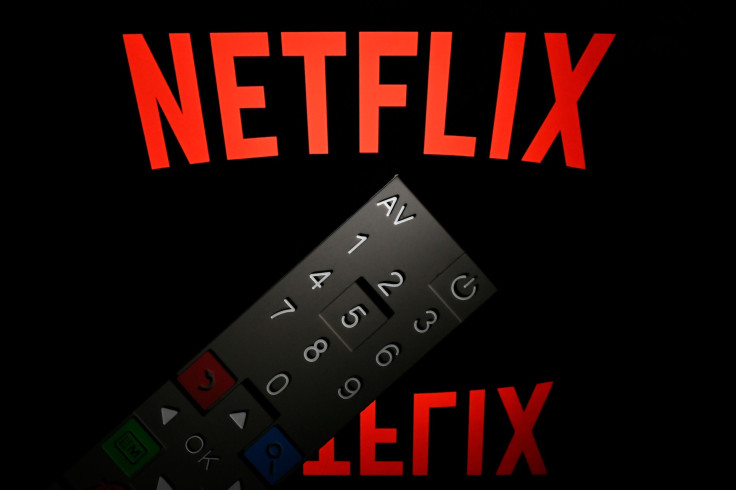Where Will Netflix Be In 5 Years?

Netflix (NASDAQ:NFLX) is under attack from services that don't even exist yet. The world's leading premium video streaming service revealed this week that it will lose the U.S. rights to the sitcom Friends to HBO Max when the WarnerMedia platform launches next year. And two weeks ago, Netflix fell short in its fight to retain The Office -- come 2021, that series will move to a new NBCUniversal platform.
Add in the Disney+ service scheduled to arrive in November -- and all of the Pixar, Marvel, and Disney (NYSE:DIS) content currently on Netflix that will migrate to it -- and it's clear why some now question whether today's undisputed top dog will be able to hold onto its dominance in the longer term. Will it still be standing out from the crowd in 2024?
Spoiler alert: Netflix will be fine.
Scale matters
The entertainment world has changed, and the old-school media empires that fell behind the curve are ready to invest heavily to make up for lost time. They will have content. They obviously have resources. The stumbling block will be catching up to Netflix in terms of attracting a paying audience.
Netflix had 148.9 million paying subscribers worldwide as of the end of March. Later this month, we'll probably learn that it had roughly 154 million premium streaming accounts as of the end of June. How many other services can say they're adding 5 million paying customers every three months?
The media giants rolling out new streaming options will have hefty catalogs, but will that be enough? You probably can't build a service around a business model that involves paying $100 million a year for exclusive rights to stream the exploits of the Dunder Mifflin staff, especially since it was Netflix that kept The Office relevant in the six-plus years since the show went off the air. And don't even get me started on the real streaming value of Friends, which has been syndication fodder on multiple cable channels for the past 15 years.
There's a cost to the networks in taking back their old shows and movies from the reigning taste-maker of the digital age. They will frequently have to overpay for them, and moreover, they'll likely never directly recoup those investments -- not to mention the loss of the revenues from Netflix. Disney+ will be popular, but at $6.99 a month, it will take close to 250 million paying accounts just to match the $20-plus billion in revenue that Netflix will rake in this year. And by the time Disney+ gets there -- if it gets there -- Netflix's subscriber base will naturally have grown even larger.
There is power in scale. Netflix divides its content costs across the widest base of paying subscribers, which means it can pay top dollar for programming that wants to be on the service anyway because of its cachet. There is no reason to think that Netflix won't still be the dominant player in this field come 2024, and by then, the inevitable shakeout will have claimed many of the horses that are still at the starting gate today.
Netflix's torrid pace of growth is likely to slow, but that ideally will be accompanied by expanding profitability. It's just hard to fathom anyone else even challenging its lead. The shows that generate nostalgia among the next generations -- the Friends and The Office of the future -- will have been born on Netflix, possibly even produced using the funds freed up when it lost those old streaming rights deals. Netflix is big now, and it's just going to get bigger.
This article originally appeared in The Motley Fool.
Rick Munarriz owns shares of Netflix and Walt Disney. The Motley Fool owns shares of and recommends Netflix and Walt Disney. The Motley Fool has a disclosure policy.





















